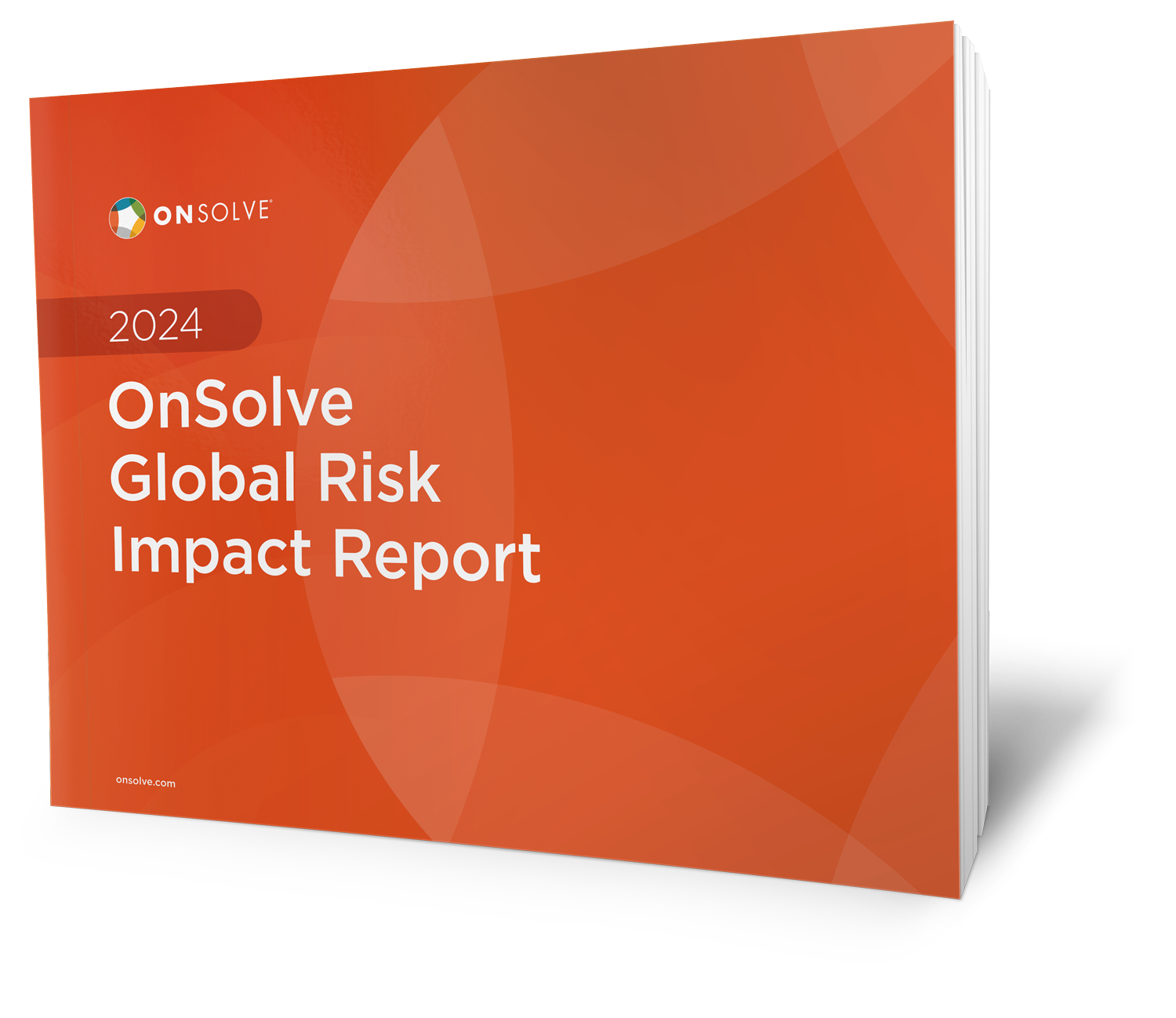Guest author Regina Phelps, Founder and President of Emergency Management & Safety Solutions, LLC, shares her expert thoughts on organizations’ increased tolerance for risk and how to address it. (This is Part 2 of a two-part blog—Read Part 1)
Last week, I shared my thoughts on shifting baselines and organizations’ increasing—and often alarming—risk tolerance.
Today, I’d like to focus on ways organizations can address this trend. A good place to start is to ask a fundamental question: How can we push back against shifting baselines and desensitization to get people to act?
The answer usually comes down to what I call the four “E”s: Education, Experience, Emotion and Exercises. They’re all concepts that are inextricably linked.
Education
I always start with the basics and the simple question “Why?” – Why are we doing this? Why do we need to do this? Why is crisis management important? I need to understand what my clients want to accomplish.
It’s critical to drill down into the goals and objectives early in the conversation; otherwise, there’s no purpose and no follow-through. If you don’t understand the whys of what you’re doing, the only real driver for the exercise is guesswork.
One way to identify your whys is to focus on the value on investment (VOI) as opposed to the return on investment (ROI).
The traditional definition of ROI is transaction-based. If a bad thing happens, will the money saved by averting disaster offset the price of implementation?
Often, executives will ask, “Well, when was the last time this bad thing happened?” If the answer is, for example, two years ago (or maybe even never!), they’re going to be hesitant to sign off on the cost.
VOI looks at the intangible assets of a project or activity. Instead of focusing on the bottom line, discuss the day-to-day benefits to illustrate the deeper value of proactive crisis management. Build a list of the value your program brings to the organization every single day and turn them into value statements you can use regularly.
I always build a glossary with my clients, because it’s important that everyone is speaking a common language. The nuances of the terminology matter – whether that’s organizational resilience, crisis management, risk management, etc. – so we all need to be on the same page.
Experience
So often, people take action in a reactive way based on experience, whether it’s their own or that of a peer organization. They’re only preparing for the threats they can plausibly imagine.
They experience a crisis first-hand or hear about one close to home, and this creates a sense of urgency. We have to deal with this right now.
Unfortunately – and this is the impact of shifting baselines – the sense of urgency typically only lasts for a limited period of time. We need to capitalize on that momentum to begin proactively planning for the next event.
Even better, they need to use their imaginations and plan for the things they haven’t yet directly experienced. But this very often ties back into the concept of VOI – the question of how do you sell someone on something that hasn’t happened yet?
Emotion
The best answer to that question lies in the human element – the emotional component of a crisis scenario. In order to make the threat of risk “stick,” the cause and effect needs to feel real.
The news today is overwhelmingly negative and filled with daily examples of terrible situations, so we’ve become desensitized to these occurrences. Even if we can imagine these scenarios happening to us, we’ve become emotionally numb to the possibility.
Quoting statistics and reciting lists of events won’t create an emotional response. Instead, we bring the conversation back to the tangible risks and rewards to show the deeper impact of crisis management.
Exercises
Last, but certainly not least, the fourth “E” stands for Exercises. This is where I come in.
I’ve done more than 3,000 tabletop exercises in my career – about 100 per year. A well-crafted exercise makes these hypothetical scenarios real for the participants, to show them the impacts of the risk and what the impacts of that incident will be on the business and the reputation and brand of the organization.
Tabletops are most effective when they incorporate elements of the other three “E”s. We make the experience feel authentic, so they have those gut reactions – Oh, this can happen to us.
Then we build on the experience and emotions to educate them on how to realistically approach their risk management and response.
With the four “E”s, we’re working to decrease the creep in risk tolerance and replace it with preparedness.
Thinking Outside of the “Crisis Box”
Shifting baselines and executive risk tolerance are easily the biggest obstacles facing organizations. When desensitization is the norm, leaders become paralyzed or complacent. The result is failure to take proactive steps to protect the organization.
Thinking outside of the “crisis box” can help businesses see the deeper value in proactive crisis preparation and management. Emphasizing the VOI of risk management has a positive ripple effect within the organization.
We’re not just talking about saving X amount of money for a single potential future crisis, but finding the day-to-day benefits in creating organizational resilience at every level.
Think about how we can strengthen the organization holistically, not just within the lens of managing a hypothetical bad event. For example, here are some questions to evaluate your VOI:
- Can we help the finance department do their jobs more easily or quickly?
- Can HR boost employee engagement or communicate important but not necessarily emergency-based information more effectively?
- Can we improve vendor relations by showing we’re thoughtful and prepared?
Of course, there are many other questions you can ask yourself regarding your need for proactive crisis management, but the key takeaway is the same: We need to raise awareness of risk across the organization, not just among those whose job descriptions call for it.
Resetting the Baselines
The shifting baseline of risk tolerance is real, and it’s one of the biggest threats facing businesses today. I’ve seen its slow evolution over the past few decades, but it’s really ramped up in the last 10 years and even further escalated by the global pandemic.
If organizations simply accept bad events as part of their regular operations or refuse to consider the possibility it could happen to them, they’re setting themselves up for failure. This doesn’t have to be – and it shouldn’t be – our new normal.
We need to reset the baselines. The idea of lowering your risk tolerance may feel scary, but it’s nothing compared to what could happen if you ignore the events of the world around you.
Take a good, hard look at your business’s risk tolerance and evaluate it against your risk preparedness. What possibilities are you ready for? Better yet, how can you improve your readiness for whatever might come next?
For more insights, watch Regina’s keynote address from the OnSolve 2022 Nexus Customer Conference on-demand.


